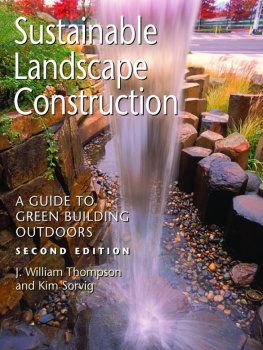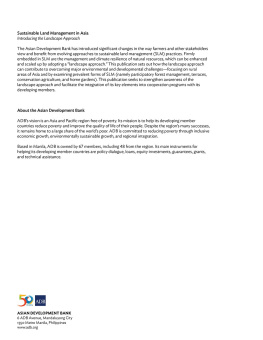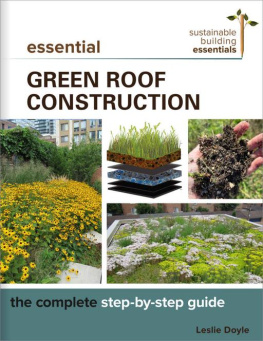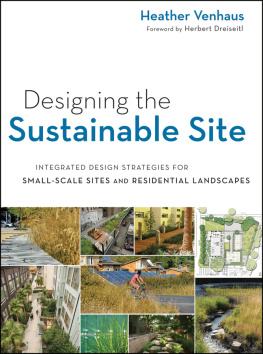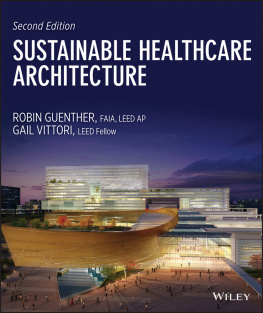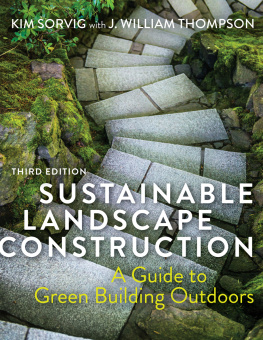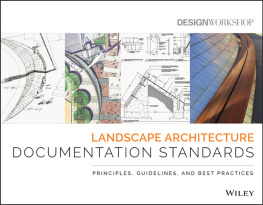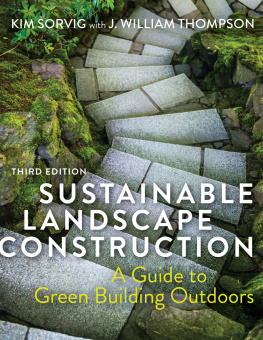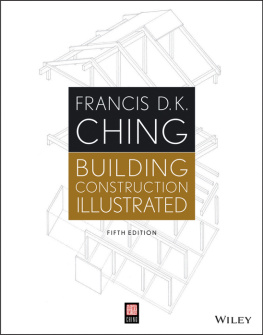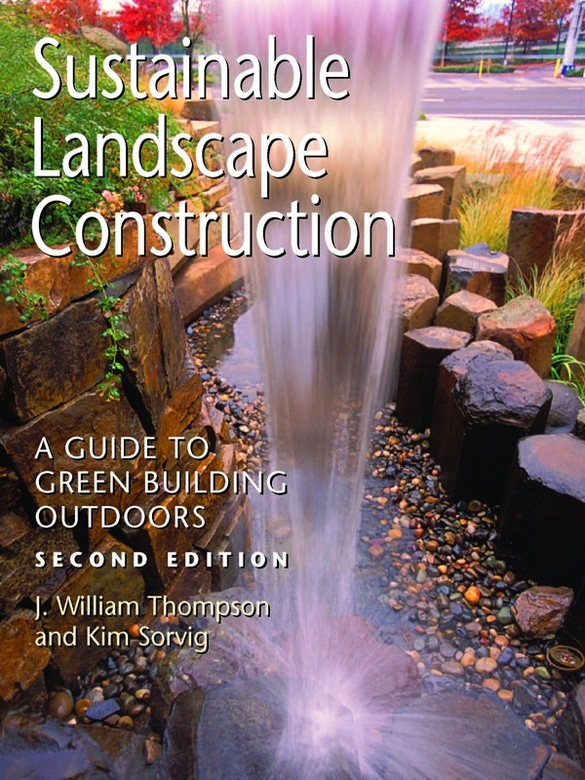Island Press is the only nonprofit organization in the United States whose principal purpose is the publication of books on environmental issues and natural resource management. We provide solutions-oriented information to professionals, public officials, business and community leaders, and concerned citizens who are shaping responses to environmental problems.
Since 1984, Island Press has been the leading provider of timely and practical books that take a multidisciplinary approach to critical environmental concerns. Our growing list of titles reflects our commitment to bringing the best of an expanding body of literature to the environmental community throughout North America and the world.
Support for Island Press is provided by the Agua Fund, The Geraldine R. Dodge Foundation, Doris Duke Charitable Foundation, The Ford Foundation, The William and Flora Hewlett Foundation, The Joyce Foundation, Kendeda Sustainability Fund of the Tides Foundation, The Forrest & Frances Lattner Foundation, The Henry Luce Foundation, The John D. and Catherine T. MacArthur Foundation, The Marisla Foundation, The Andrew W. Mellon Foundation, Gordon and Betty Moore Foundation, The Curtis and Edith Munson Foundation, Oak Foundation, The Overbrook Foundation, The David and Lucile Packard Foundation, Wallace Global Fund, The Winslow Foundation, and other generous donors.
The opinions expressed in this book are those of the author(s) and do not necessarily reflect the views of these foundations.
Conclusions and Beginnings
If you are thinking a year ahead, sow seed. If you are thinking ten years ahead, plant trees. If you are thinking one hundred years ahead, educate the people.
Chinese proverb
In the landscape, beginnings and endings overlap. Healthy landscapes are ecosystems, and they survive by constant change. In a self-sustaining landscape, marsh becomes meadow becomes forest, then returns to meadow after fires, or even to marsh after floods. Individual plants and animals die, but the communitythe landscapelives on through a constant recycling process.
Sustainability is about fitting into this endless cycle. Many conventional landscapes, and an even higher proportion of buildings, are constructed in defiance of the cycle of growth and decay. The cumulative effect of thousands of sites treated this way is what one author has called a revenge effect too much success in disrupting the cycle, which spells decline or even death for the land. With current technology, it is possible to break the cycle temporarily, but the costs are enormous.
In this book, we have asked which approaches to landscape construction might reverse these destructive trends, or at least help to do so. What we have found is that there are many techniques in landscape work that contribute directly to ecosystem health, or decrease damage already done. Taking the hopeful position that humanity still has a chance to live in harmony with the great cycle of life, we have called these techniques sustainable, regenerative, or environmentally responsible.
Sustainable landscape construction is not merely idealisticit is available and feasible today. Since our first edition, sustainability has been increasingly in demand, and projects far more widespread. This book includes discussion of many real projects, constructed by real people on real budgets, which include sustainable goals and techniques. We have found increasing numbers of professionals doing this work in nearly every region of North America. Other countries are well ahead of the United States in some areas of sustainable construction, and we have included a few examples from abroad. Sustainable landscape construction may be a young profession, but it is no longer an orphan. A growing network of landscape professionals has adopted, tested, and adapted the methods described. A growing number of do-it-yourselfers are also involved.
Although some are experimental and all are evolving, sustainable landscape methods can and do compete successfully with conventional ones on almost any criteriaeconomic, functional, aesthetic. They are practical (sometimes with a learning curve), durable, and safe. Some are simply conventional methods done with extra craftsmanship, extra care in siting and scaling them to existing conditions, or extra planning and preparation. Others have been resurrected from tradition. Only a few are truly new, and even these have developed enough of a track record that they cannot be called untried.
Not only is landscape making headed toward sustainability, but the landscape itself is gaining theoreticians and politicians respect as the measure or unit most appropriate for studying and planning sustainability. As geographer-planner Adrian Phillips states, In policy terms the appeal of the idea of landscape is that it unifies rather than disaggregates the factors at work in our relationship with the environment. Landscape is the appropriate scale and level of detail for an increasing number of social and environmental initiatives.
Sustainability in general appears to be a trend strengthened by adversity. State and local jurisdictions have pushed harder for sustainable goals because of federal resistance. The 2006 elections threw out the congressional chairs of six major environment-related committees whose environmental records were as low as Defenders of Wildlife could rank them; these law makers were replaced with representatives whose ratings were in the 8090 percent range. Many support the Not-So-Big House movement against the lot-line-hugging McMansion. All these trends are positive signs that sustainable design is not a passing fad.
We concluded that sustainable landscape methods were realistic in 2000, and in many ways the profession reached a tipping point about sustainability at that time. The ultimate conclusion of this book still depends, in 2007, on further growth in our field. It remains up to committed individuals to apply green principles creatively. Thus, as we end this book a second time, two questions remain, not about what is feasible today, but about influencing the future. These are just as important, if not more so, today as they were just before Y2K.
The first question is this: does present sustainable practice suggest any general themes to guide and expand the landscape professions of the future? Seven key ideas are briefly discussed below, linking together practical principles and techniques from earlier chapters that at first glance might not seem related. These themes or strategies are not essential to day-to-day work in sustainable landscape construction, though they may help. Their real value, we believe, will be for those professionals who can step back, even for a moment, and take a longer view, looking to chart a course beyond what can be done today.
The second question about the future of sustainable landscape construction is that of education, both professional and public. Unless new students in landscape architecture, construction and construction management, architecture, planning, and engineering are exposed to sustainable methods, they will simply perpetuate the conventional past. This chapter lists a number of specific, and we believe positive, changes for professional schools to consider. It also describes some built landscapes that educate the public about sustainability and natural process. In doing so, these projects argue the cause of sustainability and can also become environmental art.
This book describes a changing profession whose focus is also ever-changing. Appropriately enough, the conclusions of this book are beginnings, too.

